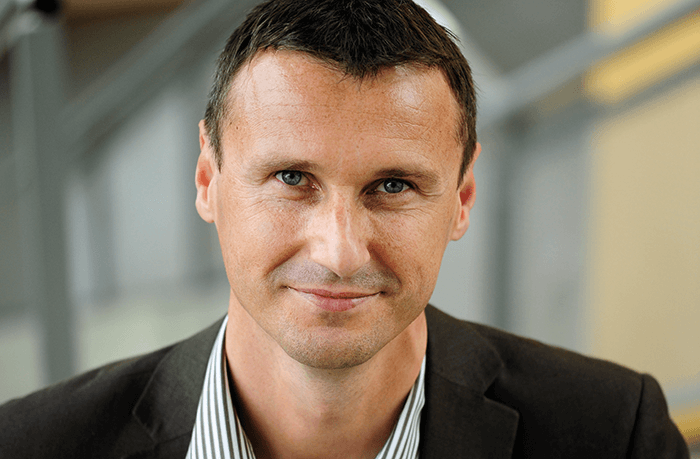In this new article series, “Adventures in Funding”, we get the inside story from analytical scientists who have secured major grants. In each article, the ‘winners’ will talk us through the highs and lows of the process, share the factors that led to the reviewers’ decision, and describe the impact on their work. By publishing their personal stories, we hope to build up a more detailed picture of the funding landscape in analytical science – and also offer some of the secrets to grant success. To kick off the series, Gert Desmet shares the story of his recent 2.5 million euro European Research Council (ERC) Advanced Grant.

If you have a story to tell - positive or negative - about your Adventures in Funding, or would like to nominate a colleague to be featured, contact the editor at: charlotte.barker@texerepublishing.com




